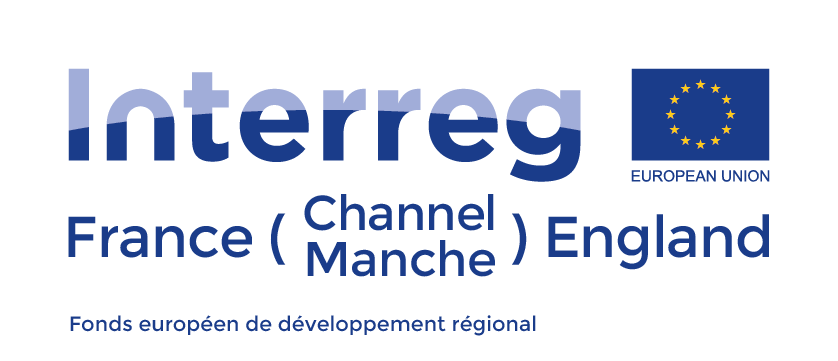Anne-Sophie Perrissin-Fabert, HQE-GBC Alliance, gives her opinion on the SB&WRC project
Create a subpage- Sylvain Bosquet
- /
- the 10-07-2018
- / 1081
The SB&WRC project is supported by the European program Interreg VA France (Channel) England and receives financial support from the ERDF.
The Interreg SB&WRC project aims to develop three prototypes of building materials based on agricultural co-products and recycling. At the end of the project, the 8 partners of this Franco-British project, hope to see their products enter the market thanks to manufcturers and professionals who would take over. In February and March 2018, two workshops were organized to meet these professionals and gather their suggestions and questions. To complete these opinions from the practitioners, we interviewed Anne-Sophie Perrissin-Fabert, Director of the HQE-GBC Alliance, which created the HQE certification and continues to push it further toward more sustainable practices in buildings and cities. She gave us her perspective on our project, and her take on the requirements our prototypes will have to meet.
Anne-Sophie Perrissin-Fabert: First of all, we must focus on looking at the functional aspect of the solution. Beyond innovation, does this solution fulfill its role well? The SB&WRC project chose to work on insulation materials. As creators of certifications, we are always happy to see new solutions enter the market. Bio-based and recycled materials are an interesting source for innovation, provided that they bring true innovation while fulfilling their function perfectly. Is there a progression on performance? On longevity? And also, how easy is it to use?
What do you find interesting in the approach adopted by this project?
Perhaps, it might have been easier to substitute raw materials from an existing industrial product with bio-based or recycled materials, rather than a creating a new product entirely. But as the project is done under the aegis of the European Union, it is understandable that manufacturers are only involved in a second step.
What would be your reservations when we talk about bio-based materials?
Anne-Sophie Perrissin-Fabert: When it comes to agricultural co-products, I think we have to make sure that there are no remaining pesticide residues, but also that the solution is impervious to fungal issues. In France, our health labeling of products only covers VOCs and some pollutants. With the development of biobased materials, it will surely be necessary to extend these verifications.
The sanitary issue of recycled materials is less important, but there will certainly be fears about the durability of polyester fibers.
What are your tips for facilitating the adoption of these solutions by professionals?
Anne-Sophie Perrissin-Fabert: Field practitioners are pragmatic. To choose one solution over another, there are several concrete factors:
- Price, which must be equivalent for the same function
- Ergonomics of the product, how easy it is to manipulate, to use and to implement
- Safety, for the customer but also for professionals
Adopting a new solution is also breaking a habit, therefore strong arguments are necessary to change it durably.
Environmental considerations will come only in a second time.
On the question of price, let's be careful about people's perception of recycled materials. They can be seen as second-hand products, which leads to a misconception that they would be cheaper than a "new" product. The same goes for agricultural co-product.
What is your point of view as Director of the HQE-GBC Alliance?
Anne-Sophie Perrissin-Fabert: From the point of view of environmental certification, innovation only makes sense if it brings more performance in at least one aspect. Does this new solution help reduce construction costs? Does it enable local economic development or create jobs? What is its carbon and environmental performance? For the same function, does it replace perfectly more traditional solutions?
I am curious to see the performances that the three SB&WRC prototypes will show after the tests in the laboratory and in real life. This bio-based/recycled dual approach is truely original. It matches with the emergence of the circular economy in construction and contributes to that trend.

